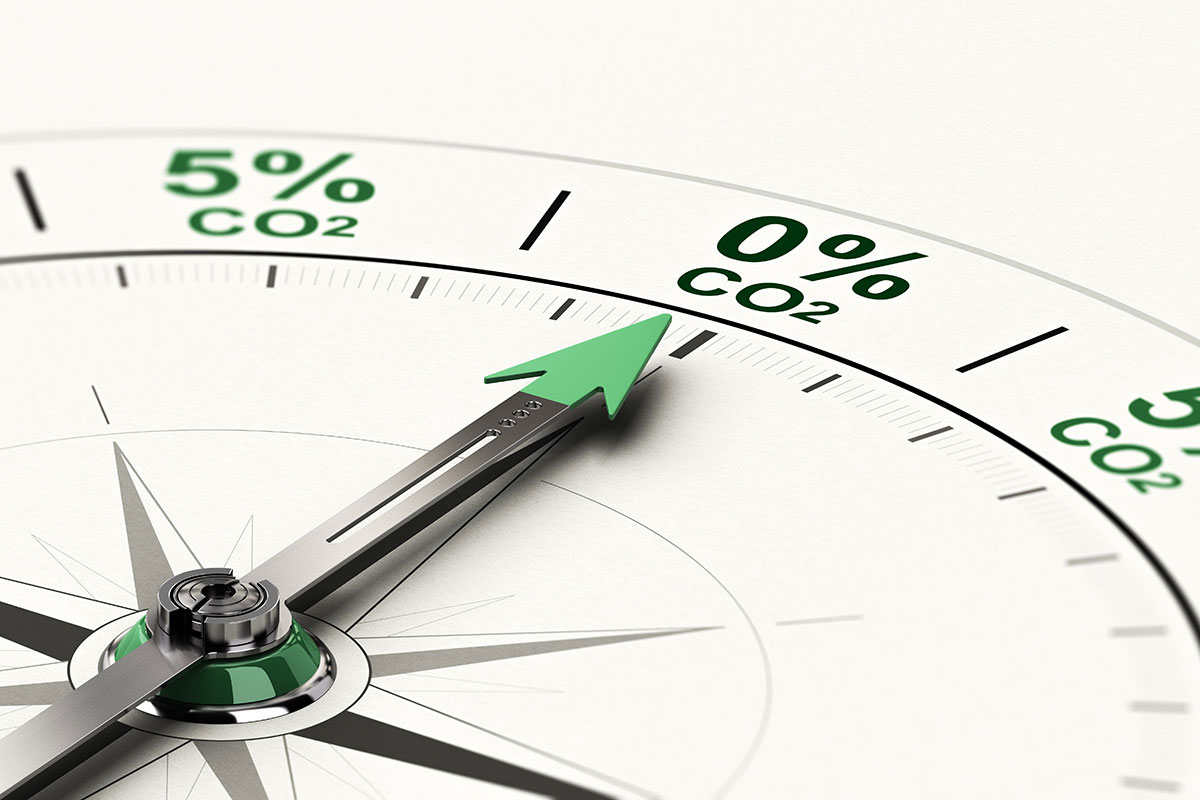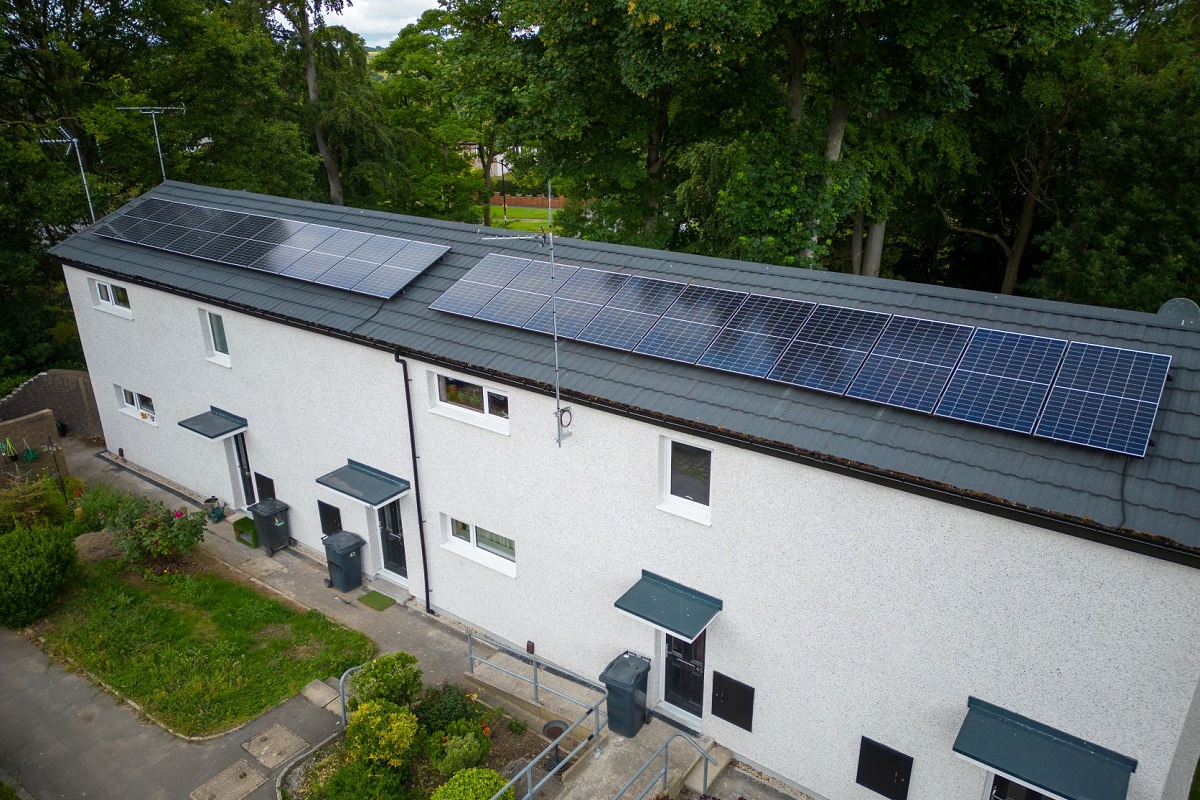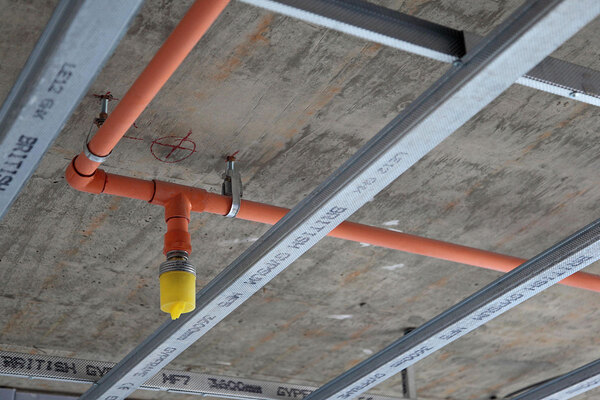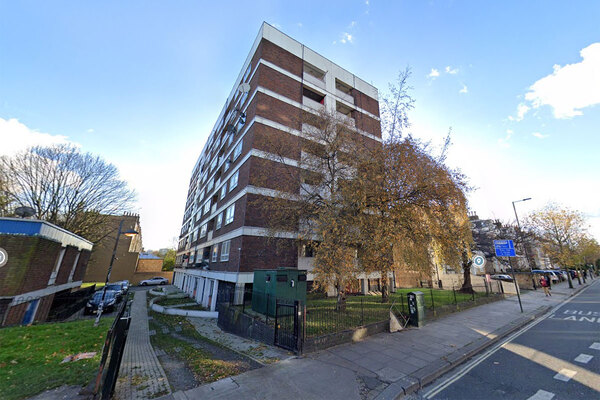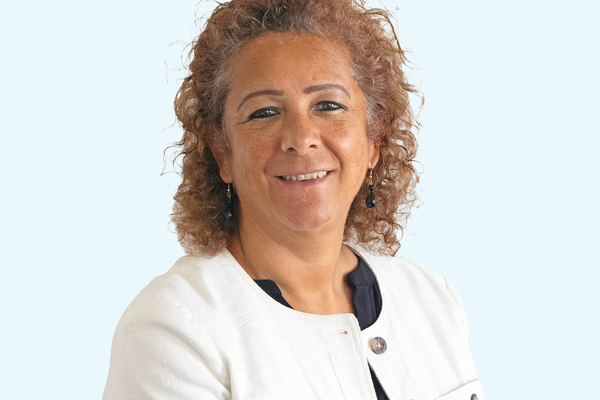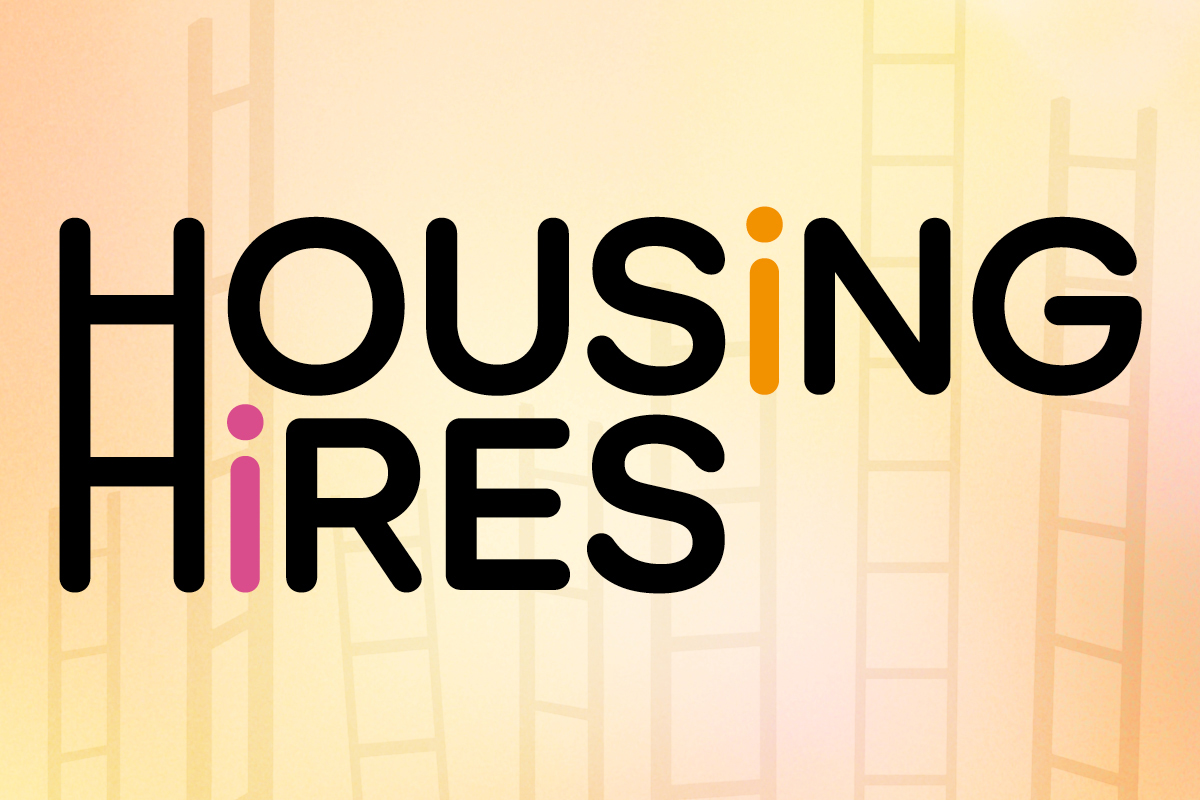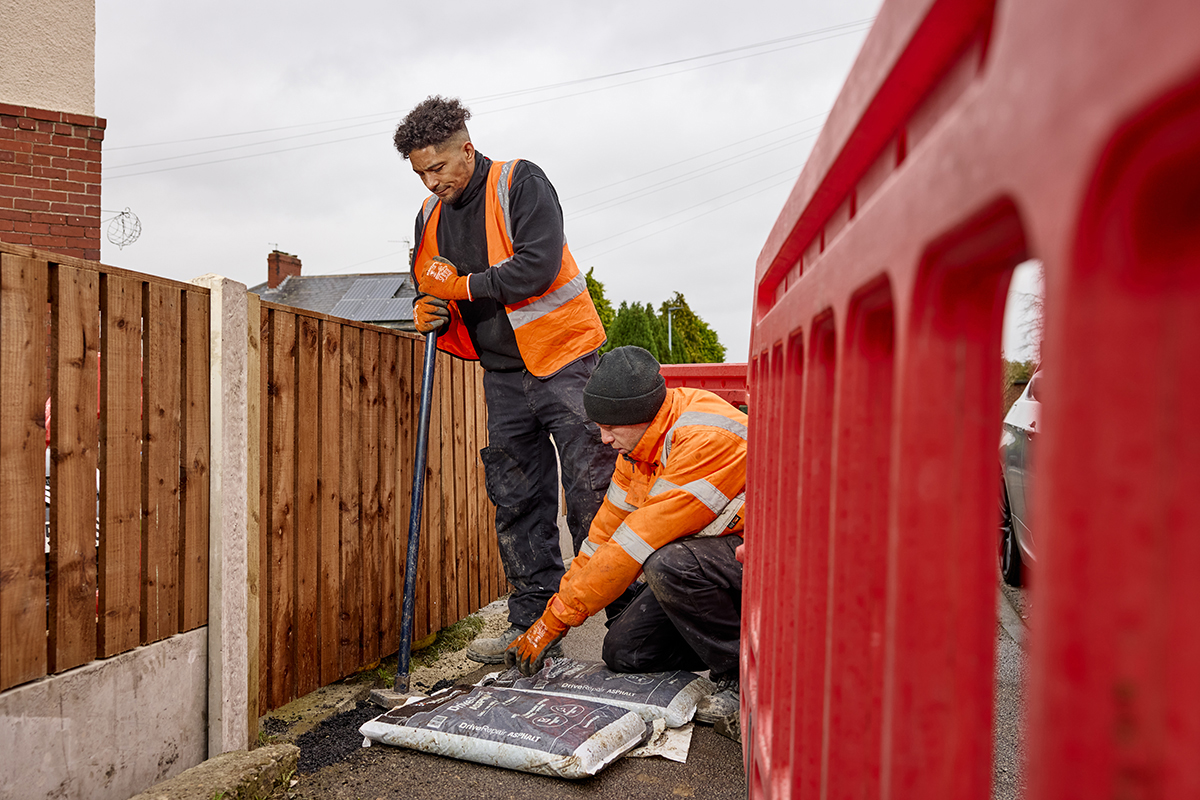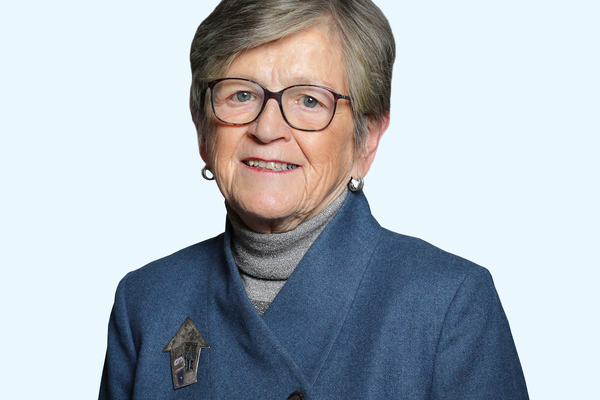A look at the energy efficiency data Soha Housing is using to meet net zero goals and apply for necessary funding
A case study on Soha Housing looks at the technology it has been using to collect energy efficiency data to inform decisions
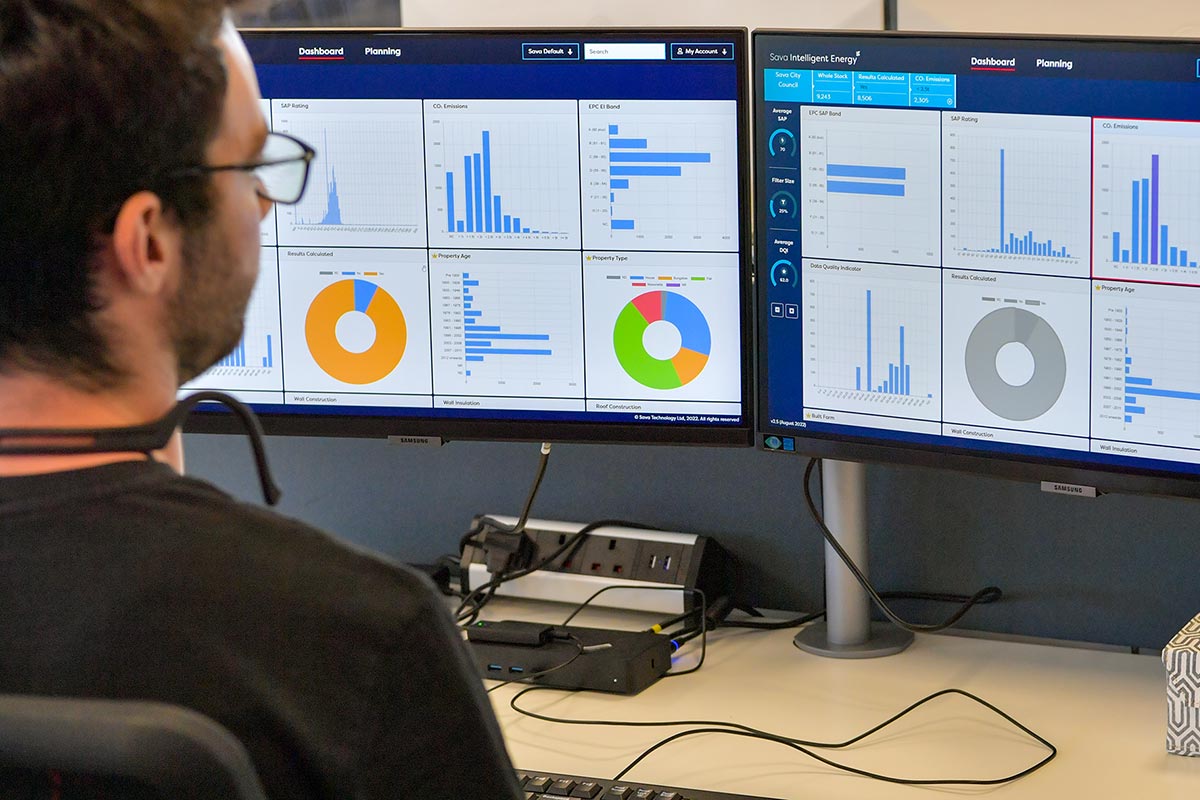
In association with:

Soha Housing
The energy efficiency targets facing social housing landlords – Energy Performance Certificate (EPC) Band C rating by 2030 and net zero by 2050 – are an intimidating enough prospect on paper. In reality, they are even more daunting, particularly if landlords are struggling to access and interpret crucial data that would help them understand the energy performance of their properties and identify the retrofitting requirements they need to make.
“That’s the thing with retrofitting homes,” says Paul Neale, energy and sustainability manager at housing association Soha Housing. “It’s a big problem. But it’s legislation that [landlords] have to comply with.”
Indeed, maintaining an accurate energy picture of where their properties are right now – how they are performing, which measures are installed and their impact on fuel bills – is a major issue for many housing providers.
Soha, which operates across South Oxfordshire and neighbouring districts, has a portfolio of 7,400 homes including social housing, shared ownership and sheltered or extra-care housing for older people. In 2021, in order to improve its energy efficiency decision-making and forecasting, Soha purchased Intelligent Energy, an energy performance modelling software solution from Sava, a company that offers software and consultancy services in the energy efficiency sector.
Implementation of the new solution took a few weeks. First, Sava worked with Soha to develop a coherent data strategy that was implemented into Intelligent Energy to manage future investments. The software was then integrated with Soha’s own asset management system, Aareon QL, with in-person training at Soha’s office.
Prior to this, Soha had been compiling energy performance data from a range of siloed sources, which made it difficult to formulate a big picture narrative. “I wasn’t with Soha at that stage,” says Mr Neale. “But I know that some data was kept in Excel spreadsheets or in files, so [staff] would have to dig it out. It was a very complicated and convoluted process.”
However, the new intelligent solution consolidates all stock information on Aareon QL – such as asset reports, repairs, planned maintenance and Energy Performance Certificates – into a coherent suite of data, which is updated in real time. This gives Soha a detailed view of how each home is performing in terms of the current Standard Assessment Procedure and EPC ratings.
In numbers
<2k
Less than 2,000 engineers have the knowledge to install heat pumps
250k
Heat pumps fitted in the UK in the past 10 years
Identifying work and calculating costs
The technology can also identify any improvement work that needs to be carried out in selected properties to achieve the government’s energy improvement targets, while calculating how much it will cost and the length of time it is likely to take. “If we want to know how many of our properties are in EPC D rating or below, it can quickly tell us,” explains Mr Neale. “It also tells us how many are almost a C and so only need a small amount of work to get over the line.”
This is useful for Soha when it comes to deciding on bidding for money from the Social Housing Decarbonisation Fund (SHDF), which is allocated by the government to improve the energy efficiency of homes in England. For example, Soha is currently using Sava Intelligent Energy to identify properties that only need simple fixes, such as loft insulation top-ups or new windows and doors. “It’s not necessary to include these easy-to-fix properties in any SHDF bid,” says Mr Neale.
“However, we do need to include properties in the bid that require more complicated work, such as solid wall insulation, which is an expensive and intrusive measure, so we are using the technology to identify them. [The technology] helps us programme, budget and make informed decisions about the future of our stock investment.”
Naturally, social landlords need to have faith in the energy data they hold. But they will not be able to do so if, say, data is not being updated after it is filed away, or is coming from sources of unknown provenance.
“Intelligent Energy also sources information from other databases to make sure the information we get back on each property is as accurate as possible,” explains Mr Neale. “It gives data a confidence rating – called a data quality indicator – so we know how accurate it is. If it’s a high rating, we know it comes from good sources. If it’s a low rating, we know we have to be more circumspect about it.”
With use of the right technology, Mr Neale is confident that Soha’s stock will reach EPC Band C by 2030. “[The homes] will be much more comfortable for our tenants,” he states. “They will have cheaper bills and we will be saving carbon at the same time, so it’s a win-win for everyone. We can then start targeting net zero.”
“Another way landlords can step up their planning: better, user-friendly access to multiple sources of data”
Social landlords are aiming for their housing stock to achieve an Energy Performance Certificate (EPC) Band C rating by 2030 and net zero by 2050. It’s something of an understatement to say that they are a significant way from hitting those targets. Unfortunately, planning a workable route to the milestones has been made harder for landlords for a number of unsurprising reasons.
First, we are not living in normal economic times. Materials and procurement are hugely expensive because of inflation and the cost of living crisis. This volatility makes forecasting the cost of property improvement over the next decade practically impossible.
Second, there is a skills and education gap that needs to be urgently dealt with. There are around 150,000 gas engineers in the market installing 1.2 million boilers every year, but less than 2,000 engineers have the know-how to install heat pumps.
In the past 10 years, 250,000 heat pumps have been fitted in the UK, yet the government’s plan is for around 600,000 heat pumps to be installed each year by 2028. It’s obvious that the number of engineers is going to have to increase – and quickly.
Third – money. Installing a new gas boiler can cost around £2,500, whereas installing an air source heat pump can cost between £10,000 and £15,000. Landlords are challenged by the levels of additional capital investment, but funds are available.
Another way that landlords can step up their energy efficiency planning: better, user-friendly access to multiple sources of data. The starting point for an effective, fully costed improvement strategy is to build a ‘baseline’ of data. Yet, building a baseline is more difficult than it sounds because providers hold millions of data items across their properties.
At Sava, we work with 240 housing providers, and the starting issue is almost always the same: poor data quality. But once our modelling software has helped improve the quality and accuracy of data, a more truthful property picture emerges. And when, for example, gas safety records, condition surveys and electrical surveys overlay EPC data, a more up-to-date ‘real time’ view of property performance is possible. Then, and only then, will a housing provider get the insight to create a fully budgeted work programme and stand a chance of hitting those targets.

